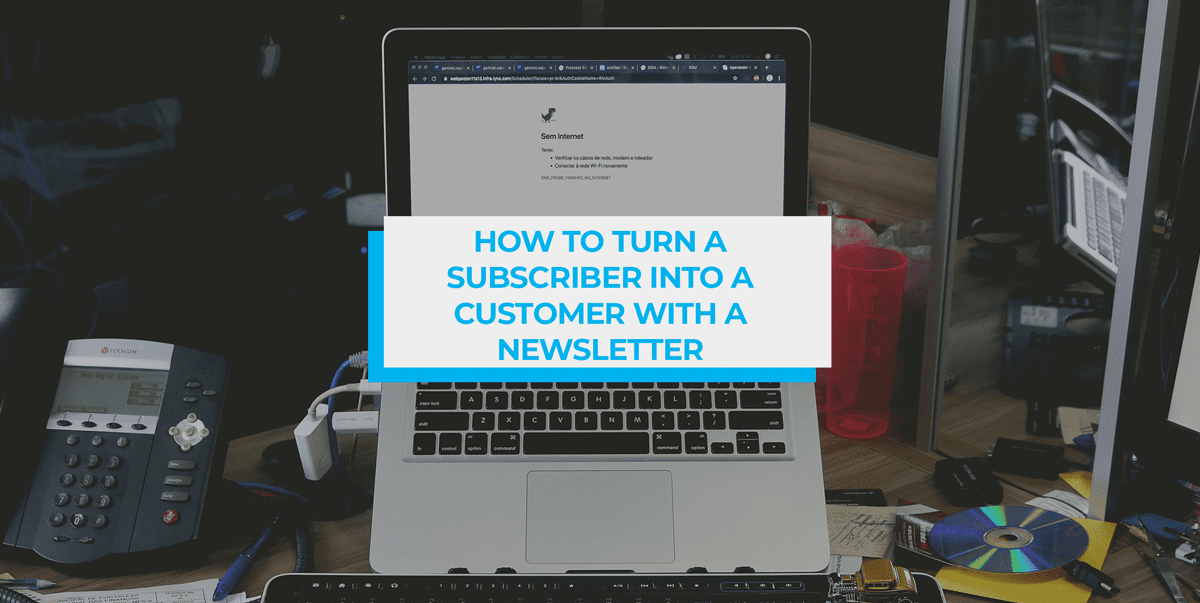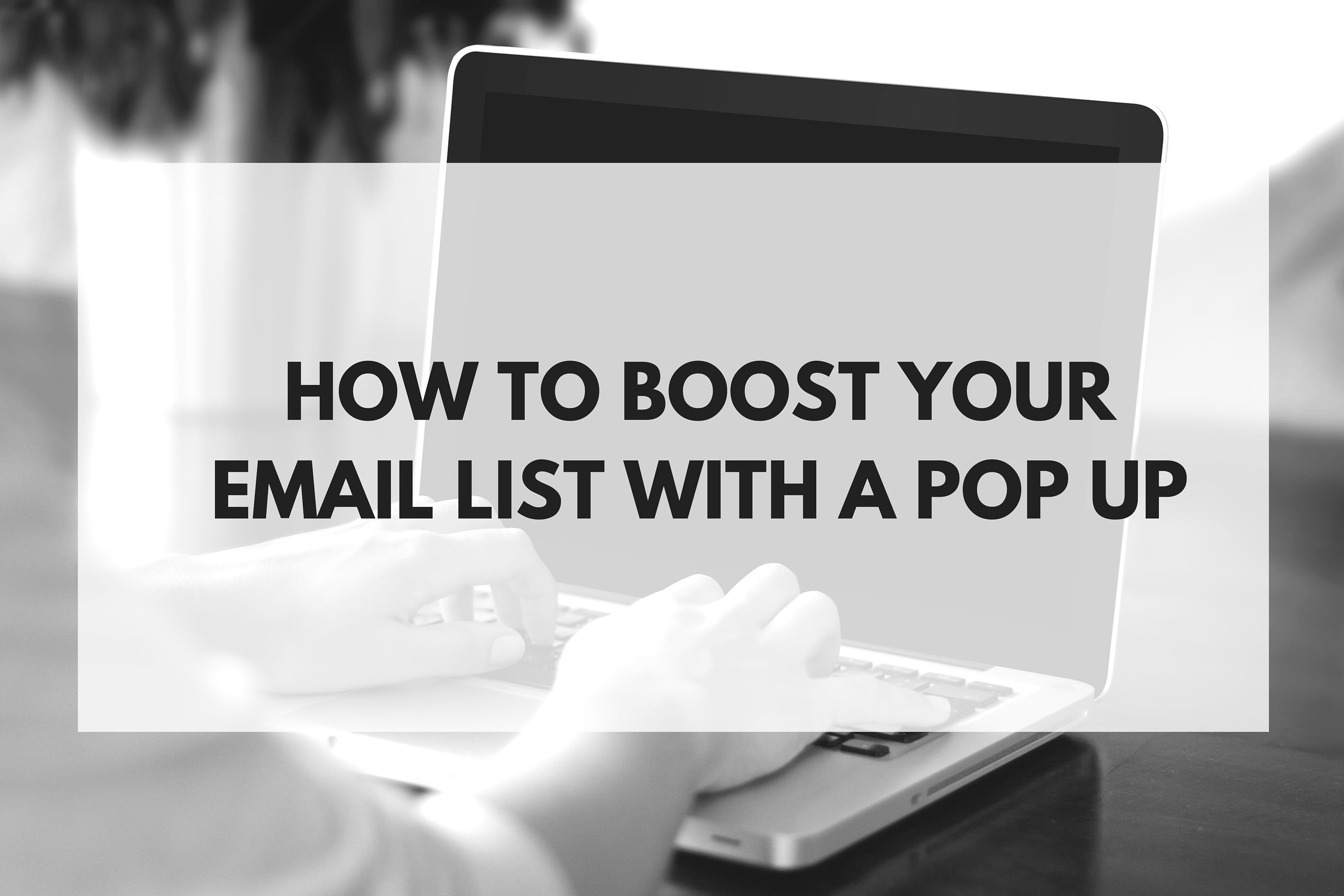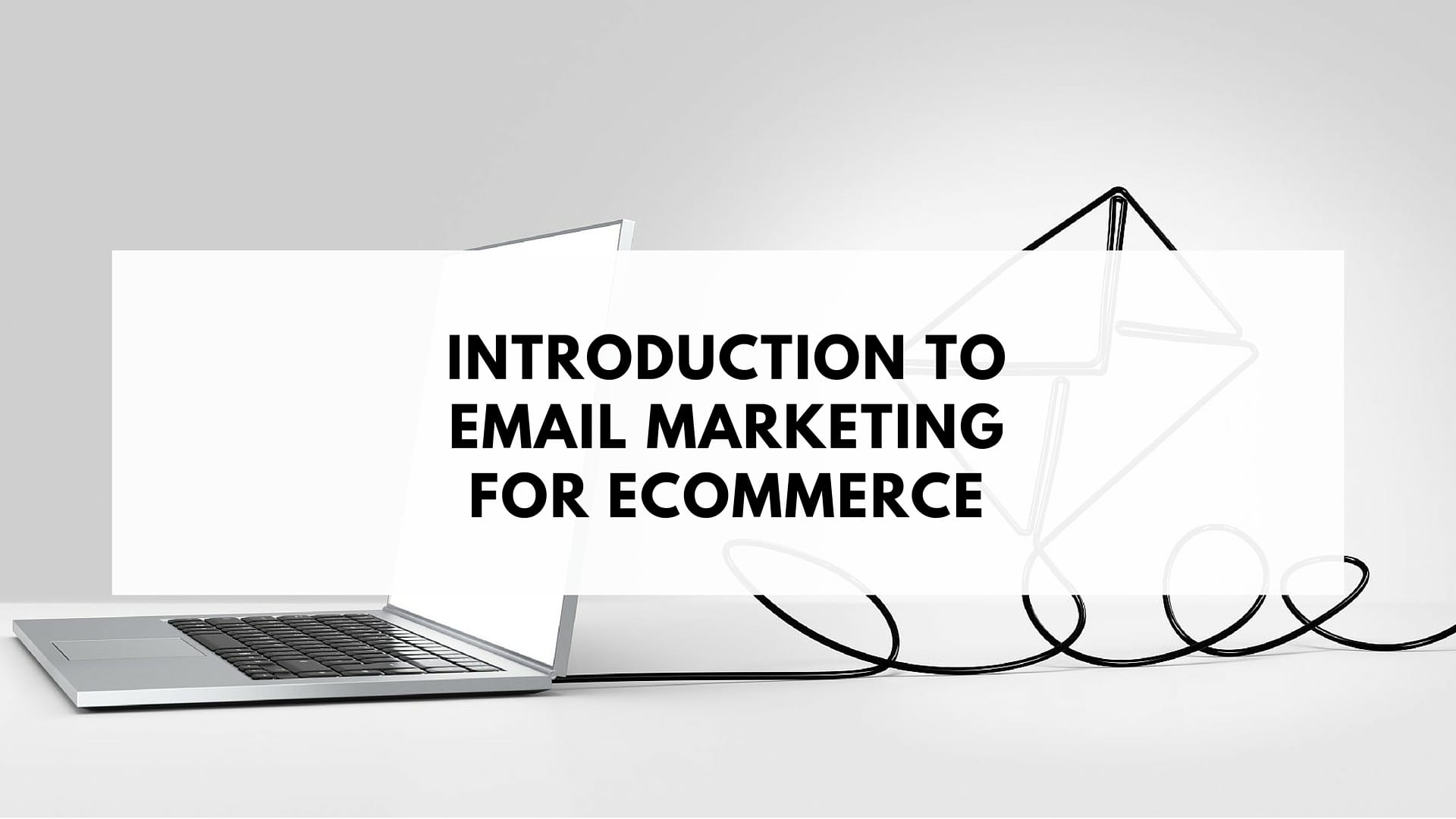What do you need to make a recipient of your newsletter have an irresistible desire to buy products or services of your company? Exclusiveness or the best price. But it’s quite difficult sometimes to make a hard-to-refuse offer because your competitors don’t waste their time – they study the market and can reduce prices or expand the range of their products at any time.
To stand out, you have to gain the trust of your audience and to solve this problem you have to use the right newsletter. Because communicating with subscribers on interesting (to them) topics, you earn credibility and loyalty. What to write about in newsletters, what kind of content should your emails contain, what are the reasons and terms (daily, weekly or monthly) of a proper newsletter? All these questions have to be answered before you start sending your newsletters.
According to this research, to make an effective newsletter, you need to do basic things right: choose a reliable email service, adapt your content to smartphones, write catchy texts, collect a sufficient number of potential and existing customer addresses, and segment your audience. And even that sometimes is not enough – your competitors make similar newsletters, and you can’t surprise subscribers with anything new and interesting. In this article, you’ll find 20+ tips to help you figure out what to write in a newsletter for your customers, and how to make promotional emails vivid and commercially successful.
Create an Exclusive Club
Let your subscribers feel special. Invite them to subscribe to an exclusive newsletter for the best customers which can be your regular customers, those who have purchased a certain number, owners of a certain product, etc.
Offer membership in an exclusive club to subscribers in personal letters. Make sure that they do not look like an advance-fee scams or so-called “Nigerian” scams. Ask your clients to confirm their participation in the club.
Include beneficial and pre-order offers, discount coupons, etc. in the exclusive club newsletter. Through the grapevine, this will make membership in the club desirable for all your customers – they will strive to meet certain conditions necessary to receive the invitation.
Show Your Care
Your subscribers receive dozens of letters every day. It’s unlikely they pay attention to every free-download offer, 3% discounts for a lawnmower with a medium-distance flight function, let alone questions about earning millions without any efforts or starting investments. Advertising noise does its job – people start to get deaf to marketing messages.
A different story is if you show concern for your client in your newsletter. How? Here are some ideas:
- Let them know that a special offer stops working in 24 hours. They may have forgotten they wanted to buy a discounted lawnmower.
- Explain why it is important to use your product.
- Offer your subscribers valuable information, e.g. imagine how many people would thank you for gift ideas on February 14th.
- Pay attention to headlines. They should let your clients know that you have something valuable for them inside your email.
Ask for Feedback
The secret to the effectiveness of this tip is in personalization. You should contact your clients personally and ask them to explain their choices, provide feedback or help you with your research.
Some e-bookstores ask for feedback on each book purchased. Moreover, first reviewers of new books receive bonus money in their accounts.
Use Social Evidence
These include feedback, research results, cases, awards, ratings, etc. Another e-bookstore announced a book, which ranks first in the best works in 2018 of famous publications and Amazon. Social evidence works – the audience buys into Amazon ratings and the “ultimate bestseller”, although there is almost no feedback from regular users about the book. But it still sells well.
Personalize Your Newsletter
Personalized emails help to get feedback. But that’s not all. They also increase the overall effectiveness of a newsletter. Emails are designed for people-to-people correspondence. Remember this when creating commercial emails.
Use the following guidelines:
- Write on behalf of a real person, not a brand.
- Make sure your emails are relevant to a specific person.
- Contact your clients personally.
Newsletter authors contact their clients by name and offer them information that is likely to be of interest to them.
Think about Conversion
Effective letters provide high link clickability in emails and conversion of subscribers to consumers. Look at the Death to the Stock Photo project newsletter design. The conversion button there is located above the message itself.
The Pagemodo newsletter is another example of conversion care. The design attracts the attention of subscribers to the buttons. And there’s almost no text – what use words when you have a 60% discount?
Offer Downloadable Content
Why? It increases the involvement of the audience. Some newsletters (e.g. Death to the Stock Photo) ask subscribers to upload a free photo package first and only then start reading the email. There are other successful examples of newsletters with downloadable content. A “Details” button, clicking of which activates a PDF file download.
Readers will surely pay attention to a financial forecast, beautifully designed in a White Paper style. Do your customers want discounts? Let them download first!
Tell What to Do Next
Do it with calls to action. They significantly increase CTR and mailing conversion. You can also use more aggressive CTAs as some online language schools do. They use buttons that say something like “Accelerate Your English Learning” and “Get Access to Grammar and Training with Golden Status” (which is cheaper, but only now!). Accelerate learning and save money? Sign me up!
Use the urgency factor, the words “free” and “without registration”.
Intrigue Your Clients
On the one hand, your subscribers should understand the meaning of your message by reading the topic. On the other hand, you should intrigue them and force them to take the necessary actions out of curiosity. For example, Howard Zoss (LinkedIn) intrigues fellow marketers with an unprecedented increase in the popularity of online videos.
Use the Same Subject Line for all Newsletters
This recommendation is suitable under two conditions. First, your audience must trust you unconditionally. This is possible if you have been in the market for a long time, and your reputation is impeccable. Secondly, the content of the emails should be similar. For example, you can send customers an email with the headline like “Top 5 Products of This Week” or “Last Week’s News Digest”.
This tactic has a simple meaning – subscribers get used to receiving emails with a specific subject easily recognized and found in their Inbox subject.
Use Referral Links and Codes
Referral links work, as their use benefits all parties – referral, referrer, and business. The first gets favorable terms of service, the second one tries for the sake of bonuses, and the third one stimulates sales.
Some newsletter authors offer a subscriber to share a unique link with friends. Each time a friend earns or spends money on the exchange, the subscriber receives bonuses.
Use Buttons
Yes, this one is obvious. Use buttons if you want users to go to your site, place orders, register, etc. Some authors believe that users rarely buy equipment directly from a newsletter. Therefore, they make the “Buy” buttons small and neutral, and the “More Products” button large and aggressive red.
Offer Massive Useful Information
Regularly surprise your audience with large letters full of useful information. Do this once every two weeks or once a month. That’s how you “teach” users to wait for your emails and pay attention to them. Remember, you do not have to make each letter huge – send standard emails to users twice a week, and create a large digest of publications on the site or an analytical report once a month.
Remind Who You Are
If you are Google, skip this tip. And if you have a small company, be sure to follow it. Remind users how you can help them.
Use Partners Brand Recognition
Imagine that you have just opened an online electronic store. Naturally, people do not know your project’s name. But they know brands that produce gadgets, like Samsung, Apple, Sony and so on. Use this in your newsletter. Various strong brands use the recognition of other famous brands.
Make People Happy
No, you don’t need to be a god or a billionaire for this. To make your subscribers happy, it’s usually enough to give them some modest gift. The main thing is that they do not perceive it as a marketing move. Just a trifle, but it’s still nice to get one.
Use Memes, Trends, Events
You have probably noticed that almost all the commercial newsletters talked about some kind of white-yellow dress a few weeks ago… Oh, sorry, black and blue dress – this is a good example of newsjacking – the use of current information trends to promote your own brand.
Thank People
Say “thank you” at any given chance. Thank users for their purchases, reading your emails, leaving their feedback, etc. This positively affects your subscribers and creates loyalty.
Make Announcements
Users do not like to read promotional emails. You can solve this problem by making the latter look like neutral ads. For example, inform that a new product is on sale, prices are reduced, and delivery conditions are updated.
Gamify Your Newsletter
Gamification unobtrusively stimulates sales. Therefore, use it – offer users bonus stars that qualify for a discount, as Starbucks did.
Festina Lente
In other words, make haste slowly – it’s better to improve the quality of a newsletter by following a few tips a week. After a few months, you will notice the result – an increase in the email open rate, CTR, and conversion. For now, pick two tips that you can implement this week.
Bonus Tips
- Celebrate Important Dates. Your subscribers may not remember your birthday but they will never forget discounts and gifts on this special day.
- Use Fear of Loss. If we look at the analogy, it’s kind of like that feeling when haven’t been invited to a party where all your friends hang out. Even if it’s the last place on Earth you would choose to be at right now. Lack of something important or fear of missing it makes a person act. This will help you sell more.
- Show your identity. Have you ever opened an email that’s as long as War and Peace?
You’ve probably seen this but not for long before sending it to spam box after reading the first couple of sentences. It’s no surprise because a long text must resonate with you to make you want to read it. Through its author, for instance. People do not buy from companies. They buy from other people. So make sure that your emails contain a charismatic personality.




